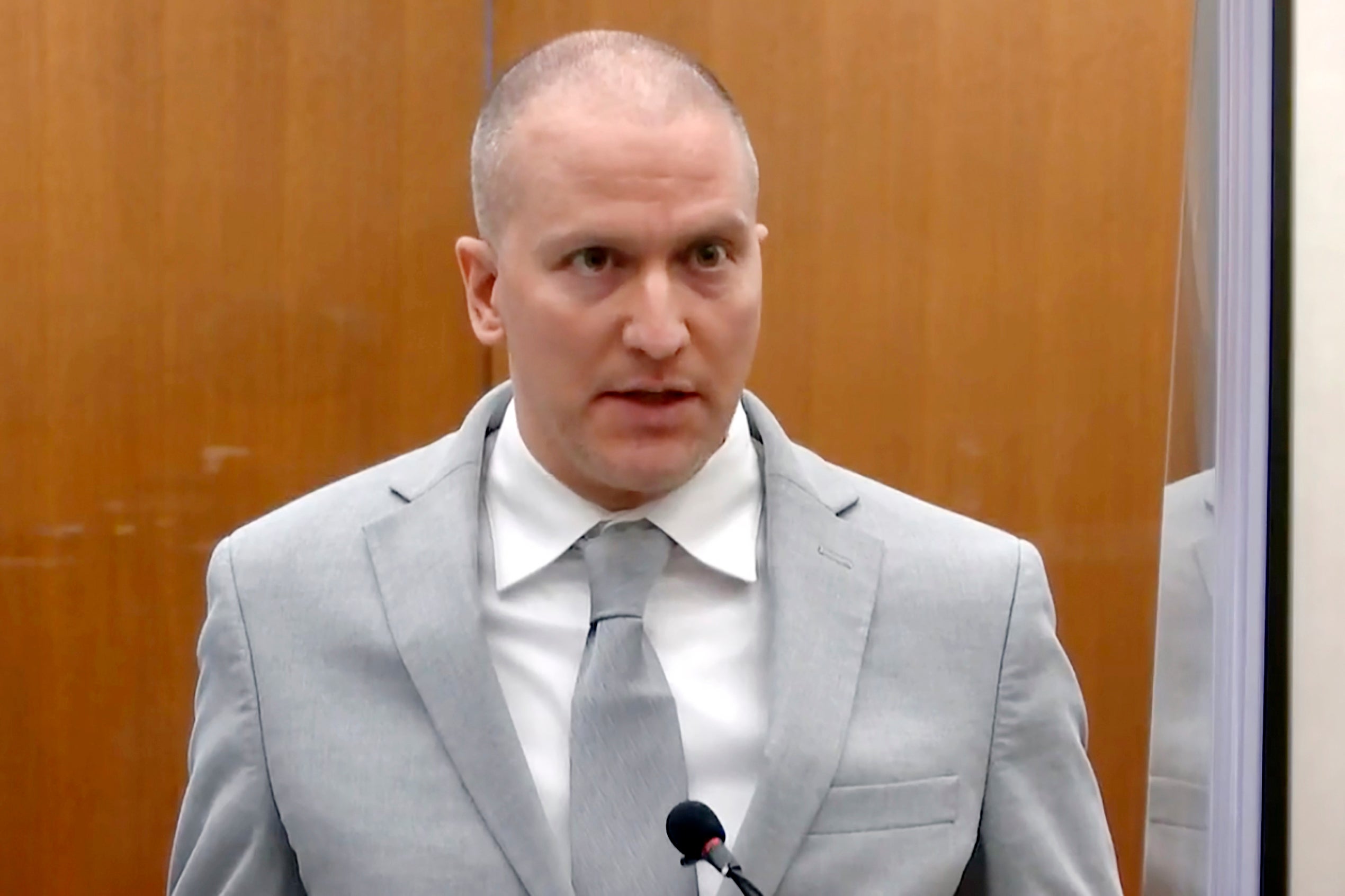Minnesota braces for potentially severe wildfire season
Published 6:23 am Sunday, March 3, 2024
|
Getting your Trinity Audio player ready...
|
By Dan Kraker, Minnesota Public Radio News
Wildfires have already begun burning across Minnesota, and officials are bracing for what could be an especially active spring fire season after a historically warm and dry winter.
According to the Minnesota Department of Natural Resources, more than 50 fires were reported during the last couple weeks of February, mostly in an area from north of the Twin Cities toward Brainerd and Bemidji.
Together they burned more than 500 acres. And DNR officials say there’s high potential for a lot more wildfires this spring.
“Our concern really is on these next couple months,” said Travis Verdegan, the predictive services coordinator with the Minnesota DNR.
About 80 percent of fires in Minnesota typically burn in April and May, Verdegan said, after the snow melts and before forest vegetation begins to leaf out. But this year, everything is ahead of schedule.
“We’re doing the customary things that we do during fire season, including our weekly preparedness calling, planning, calls with other agencies in the state that manage fire. Yeah, it’s here. And it’s a full month to six weeks early,” he said.
It’s a similar story for the Chippewa and Superior National Forests in northern Minnesota.
“We’ve had to increase our scheduling for our meetings, for our readiness, for our training for our firefighters, just based on the current conditions,” said Nick Petrack, fire management officer for the two Forests.
“So we’re probably about six weeks ahead of where we normally would be on an average year.”
Maps issued by the National Interagency Fire Center show Minnesota — along with portions of northern Wisconsin, Upper Michigan, and northern Iowa — with the highest wildfire risk in the country for March through May.
While no fires have ignited on Forest Service lands yet, the abnormally warm temperatures and dry conditions are expected to stick around. “So kind of a continued pattern of what we’ve been seeing is the extended three month or so outlook,” said Petrack.
State and federal officials are reminding people to be extra cautious because of the increased fire risk. Once any remaining snow melts, dead grass and leaves quickly dried by the sun and wind will allow fires to start and spread quickly.
“Staying vigilant in fire prevention year around is key, and especially during dry and warm conditions,” Petrack said.





